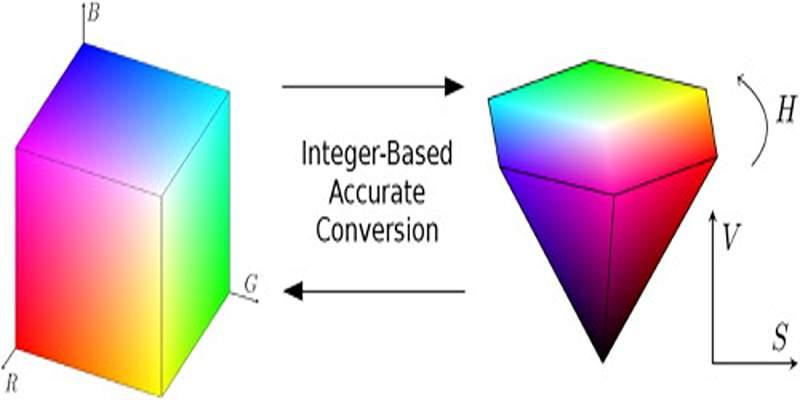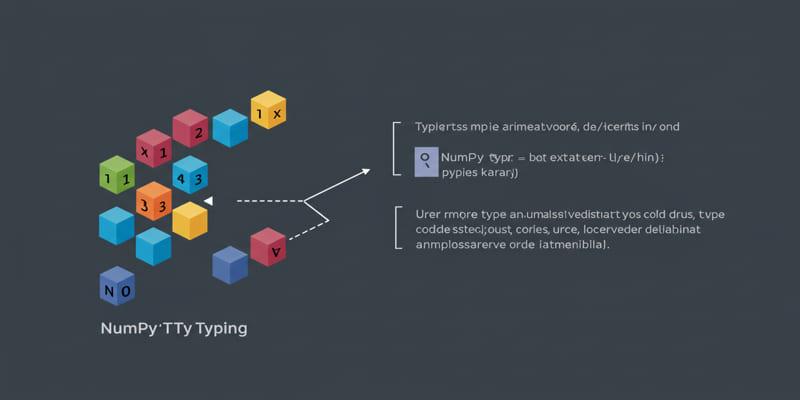AI has become part of daily life. It’s behind chatbots, smart assistants, writing tools, and more. But the same technology that helps you draft emails or organize your calendar is now being used to pull off scams — and it’s working. These aren’t sloppy messages with broken grammar or strange phrasing. AI-generated scams are polished, quick, and increasingly hard to detect.
The average person may not know it, but criminals are using AI tools to copy voices, write convincing messages, and even generate fake identities. These scams are cheap to launch and reach thousands within minutes. It’s no longer about spotting errors — it’s about spotting patterns.
AI scams rely on speed, scale, and realism. What used to take days of setup and scripting can now be created in minutes. Voice models, image generators, and text-based AI can automate the work scammers once had to do manually.

One example is voice cloning. If someone posts a voice memo online, even briefly, a scammer can grab that sample and feed it into a tool that mimics tone, pacing, and accent. Victims report getting calls that sound exactly like their spouse or child, begging for help or money. These calls sound urgent — and real — which is why they work.
Phishing emails have also been upgraded. Many AI scams use bots to scrape your online presence and tailor messages just for you. If you just posted about an online order, you might get a message from a “delivery service” asking you to confirm payment. The AI writes these emails with perfect grammar and realistic structure. They don’t trip spam filters and don’t look suspicious on the surface.
Fake chat support is another method. A person clicks a help link or searches for a brand’s support page, but instead of reaching the real site, they land on a cloned version. An AI-powered chatbot greets them, behaves naturally, and asks for login details or payment. The user thinks they’re resolving an issue, but they’re handing over sensitive data.
There’s also the issue of fake faces and profiles. Scammers create new social media accounts using AI-generated photos of people who don’t exist. These profiles often seem harmless — a coworker, a recruiter, or someone looking to connect — but once trust is built, they ask for money, access, or information.
In the past, scams had flaws. The language felt off, the formatting was messy, or the request seemed strange. Now, with AI involved, those signs are disappearing. The writing sounds natural. The photos look real. The voices are nearly perfect.
AI doesn’t just mimic people — it learns from interaction. Some scammers use chat models that respond in real-time and shift tone depending on how you reply. If you seem hesitant, the AI might become more friendly or insistent. This adaptability makes it harder to tell if you're speaking to a real person or a scammer using AI tools.
Another reason AI fraud is harder to detect is personalization. Many scammers gather bits of data from social media, forums, and leaks. AI then weaves that data into convincing narratives. You may get a message that mentions a recent event in your life or uses a familiar nickname. These small touches build trust quickly.
There’s also scale to consider. AI lets scammers run hundreds or thousands of scams at once. They can test different messages, see which versions get more responses, and update the rest in real time. That means even if one version of the scam doesn’t fool you, the next might be more refined.
You can’t stop AI scams from existing, but you can make yourself harder to trick. The most reliable defense is hesitation — stepping back for a moment before clicking or replying.

If someone calls asking for urgent action, verify their identity through another channel. Don’t rely on voice alone. For emails and messages, examine them closely. If something feels slightly off, it probably is. Some AI-written messages still overuse certain phrases or mimic customer service too perfectly.
Be cautious with links, especially from unknown senders. If you're trying to reach support, go directly to the company’s website instead of clicking links from search results or ads, which are often used in fake support scams.
Limit how much personal information you share publicly. Posts about your travel plans, family, or even pets can all be used in targeted scams. The less data available, the less material AI scammers have to work with.
You should also update your security habits. Use two-factor authentication wherever possible. Keep your apps and devices updated. And report anything suspicious. Most platforms take reports seriously and can remove fake accounts or warn others.
Finally, don’t rush. AI scams often rely on urgency. Taking just a minute to question something suspicious can be the difference between being safe and being scammed.
AI fraud is not just about a few isolated incidents. It’s a growing problem that blends automation with manipulation. And as AI tools become easier to access, the number of people using them for scams will only increase.
At the same time, efforts to detect AI-generated content are still catching up. Some tools can now identify cloned voices or fake images, but they aren’t widespread or perfect. Until then, individual awareness plays a large role in slowing the spread of AI scams.
The technology behind these scams isn’t bad in itself. It’s being used for bad outcomes. AI isn’t the scammer — it’s just the tool. That’s why knowing how it works matters.
AI scams are no longer an abstract concern or limited to high-level fraud. They’re part of everyday life now — showing up in phone calls, emails, texts, and job offers. What makes them effective is their believability, thanks to AI’s ability to mimic human speech, writing, and appearance. While the methods have changed, your defense remains the same: stay alert, question what feels off, and don’t trust urgency over clarity. The more you understand how AI fraud works, the less likely you are to fall for it. Trust your judgment. That’s something AI can’t copy.

Find how MapReduce powers scalable data systems, enabling efficient processing of massive datasets for modern enterprises.

Explore how evolving AI agents affect businesses, risks, and alignment, and why understanding their inner drives is crucial.

Learn how AI agents for sustainability improve productivity, streamline reporting, and revolutionise corporate operations globally.

Discover the seven reasons which make convolutional neural networks (CNNs) unbeatable when it comes to image tasks.

Understand RGB and HSV, why hue-saturation-value helps editing, and how to convert in both directions without banding or surprises.

Build accurate Excel data dictionaries by pairing OpenPyxl scans with AI agents for clear definitions, rules, and reviews.

Learn how a GPT stylist reveals the secrets of clear, contextual, and creative prompting that leads to better AI outputs.

AI scam tactics are becoming harder to detect as artificial intelligence helps scammers create fake voices, emails, and messages. Learn how to recognize and stop these digital traps

How to use ChatGPT’s new image generator with this simple step-by-step guide. Learn how to turn text into visuals using the latest AI image tool from ChatGPT

Inheritance is a fundamental software engineering notion that assists data scientists in constructing reusable code and creating scalable and maintainable endeavors in order to succeed in the long term.

Use NumPy typing to annotate and verify NumPy array shapes and dtypes to enhance Python project correctness and maintainability.

Discover how Microsoft Power BI elevated my data analysis and visualization workflow, transforming insights and boosting decision-making efficiency.